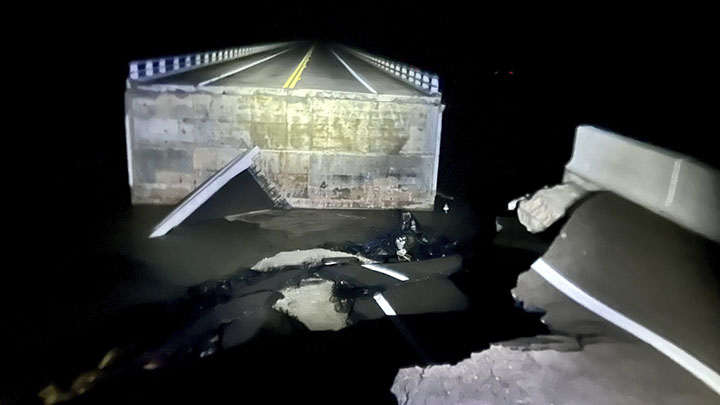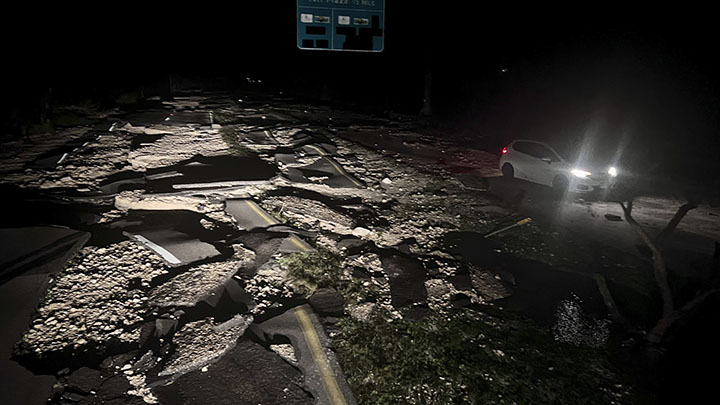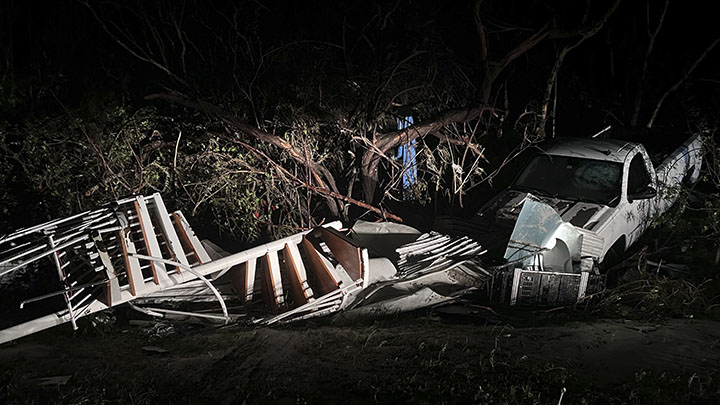Hurricane Ian left a path of destruction in southwest Florida, trapping people in flooded homes, destroying the only bridge to Sanibel Island, damaging the roof of a hospital intensive care unit and knocking out power to 2.5 million people as it dumped rain across the peninsula on Thursday.
One of the strongest hurricanes to ever hit the United States threatened catastrophic flooding around the state. Ian’s tropical-storm-force winds extended outward up to 415 miles (665 km), drenching much of Florida and the southeastern Atlantic coast.
With no electricity and patchy cellphone coverage, many calls for help weren’t getting through, even as emergency crews sawed through toppled trees to reach people in flooded homes. “If the line is busy, keep trying,” the Lee County Sheriff’s Office said in a Facebook post early Thursday.
The National Hurricane Center said Ian became a tropical storm over land early Thursday and was expected to regain near-hurricane strength after emerging over Atlantic waters near the Kennedy Space Center later in the day, with South Carolina in its sights for a second U.S. landfall.
A stretch of the Gulf Coast remained inundated by ocean water, pushed ashore by the massive storm. “Severe and life-threatening storm surge inundation of 8 to 10 feet above ground level along with destructive waves is ongoing along the southwest Florida coastline from Englewood to Bonita Beach, including Charlotte Harbor,” the Miami-based hurricane center said.
A chunk of the Sanibel Causeway fell into the sea, cutting off access to the barrier island where 6,300 people normally live. How many heeded mandatory evacuation orders was impossible to know in the storm’s immediate aftermath.









